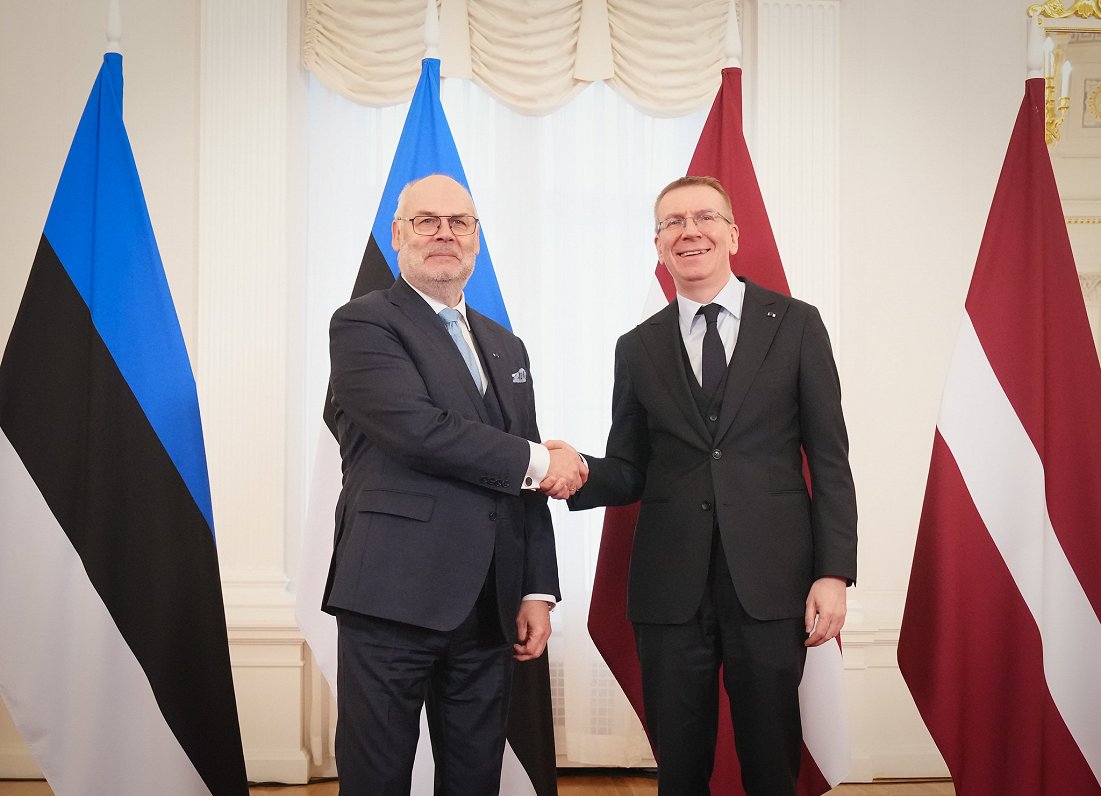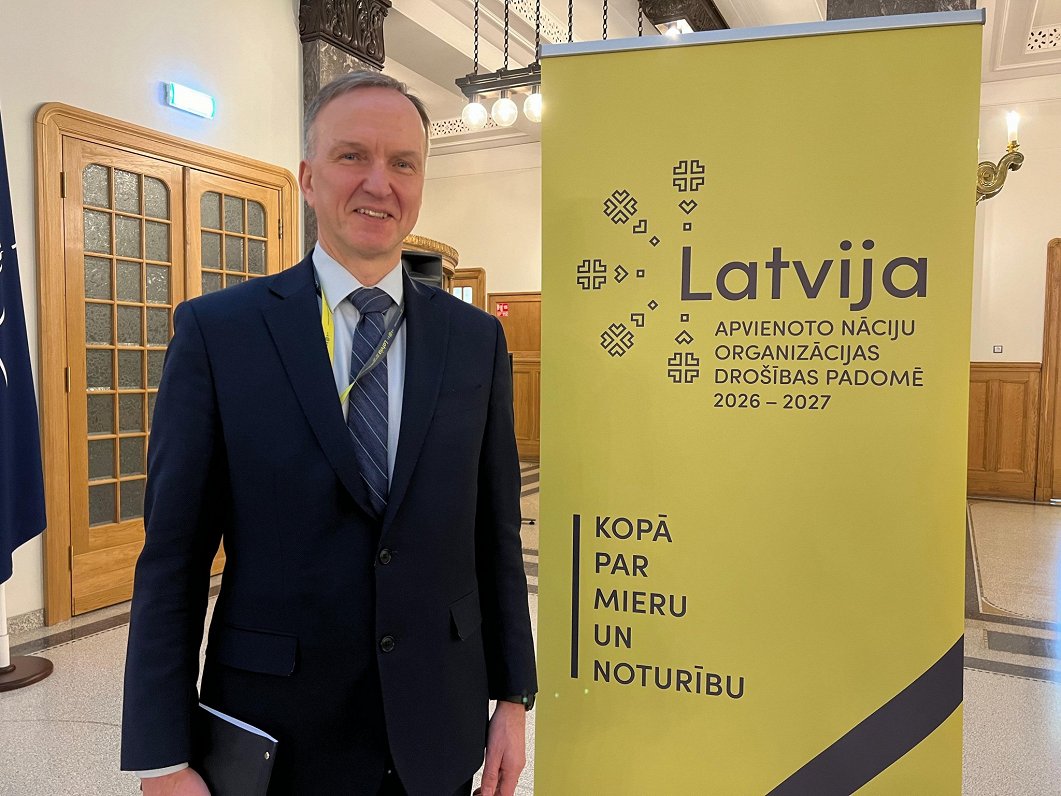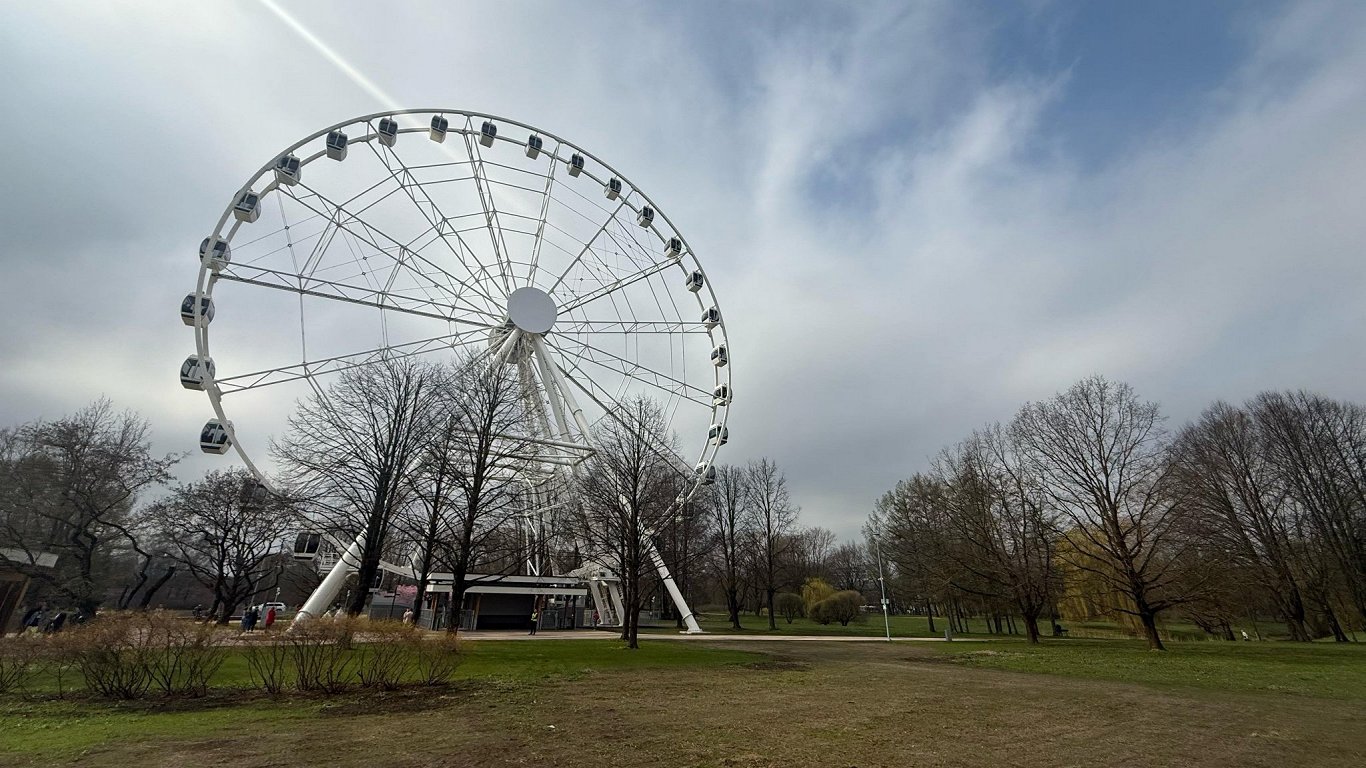At Christmas, Latvians traditionally served grey peas with pig’s snout. Farmers say that this year they have had a good pea harvest and there will be enough for everyone. However, eating habits are changing and the traditional product is increasingly having to compete with other countries’ dishes, but all in all Latvians still love their peas, Latvian Radio reports.
The pea-growing area under peas in Latvia has increased significantly in recent years. While ten years ago peas were grown on 2,300 hectares, this year it exceeds 37,000 hectares. However, the area of grey peas specifically is not compiled separately by the Central Statistical Bureau.
Knowing that in recent years pea areas have been purposefully increased for processing in the new factory in Jelgava, the increase is likely to have been at this expense.
Rūta Beirote, the owner of the farm “Zutiņi” in Krimulda municipality, says that grey peas have done well this year. The Zutiņi farmers grow large grey peas in an area of about 16 hectares, which has not changed in recent years. There will be enough peas for everyone for Christmas.
“Latvians have never been short of peas, and this year there will certainly be enough for everyone who wants to celebrate, and they will be able to eat peas with pork fat on the first night and pea patties the next day,” says Beirote.
There are no plans to increase the area of grey peas.
“It is a very specific crop. Although we Latvians consider ourselves to be decent pea eaters, we only eat peas in winter and a large part of them only at Christmas, so we only grow what we can to produce and satisfy our customers. But they will not be a real export product – they are not eaten outside Europe. They are eaten in Holland, in Germany, a little in the north of the UK, they are also eaten in Sweden, Denmark and also in Finland in small quantities. It is not an everyday product in any of these countries. So we understand that this will be and remain a niche product,” continues the owner.
Aldis Ločmelis, the owner of Kotiņi, also recognizes that more grey peas could be grown. However, there is no desire to spoil the lives of small farmers, so the volumes are small. Kotiņi grows around 7-15 tonnes of peas a year, some of which he sells to tourists at the Rekova mill and some of which he processes into flour and hummus.
Ločmelis believes that every municipality should have a processing plant: “This is the only way we can get locals to use local products and not buy imports. People’s eating habits are changing and younger generations don’t know what pork fat is. [They] know a burger, they know a kebab. We should tell the new generations what is [what]. The thirty years that Latvia has had after joining the European Union have not been the right way with it. We have been buying everything from abroad and we have neglected our own processing to a very great extent.”
Ločmelis thinks that a complete change of approach is needed. The Russian invasion of Ukraine has shown that every region needs to have its own processing in order to be able to feed the country.
Latvian Radio asked people met in the Vidzeme market whether they follow tradition and eat peas only at Christmas or as part of their daily routine:
“I definitely will. I’ll buy big ones specially. I remember from my childhood how my dad used to cook peas and we would all eat them. I have four children and I cook them and make them taste them. Traditions are alive, you have to keep them alive and I even torture my children with peas not only at Christmas. I boil them now and then because I really like pulses.”
“Not especially at Christmas, but relatively rarely, but I do tend to eat them. I still like the way my grandmother [did] – peas with onion. All legumes are healthy, so how could our peas be worse than the many varieties of beans around here? It takes a bit longer to prepare, maybe that’s why we don’t eat them as often. It is not an everyday thing, like boiling an egg or making a sandwich.”
“I really like grey peas. I don’t think a feast is a feast without it. I have finally started to cook them myself, but more at New Year.”






